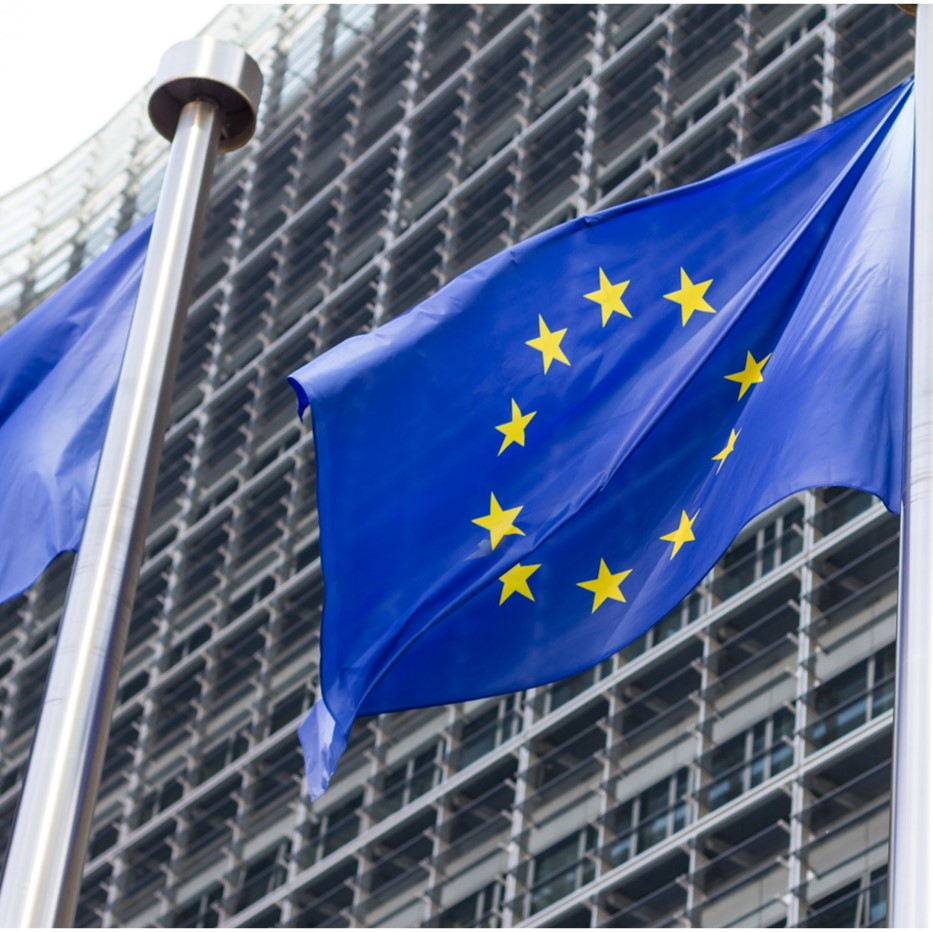It’s time for the EU to do better on RED II
As part of its Green Deal roadmap for reducing greenhouse gas emissions, the European Commission is in the midst of a revision of the Renewable Energy Directive, its main policy instrument fostering the uptake of renewable energy in transport.
During this process, it is critical that the Commission consider the shortcomings of the approach that has been taken so far on renewables in transport and crop-based biofuels in particular. The design of RED II puts renewables against each other, instead of trying to replace fossil fuels as much as possible. This approach, initiated by the ILUC Directive, hinders greater renewable energy incorporation.
It is time to do better: the EU cannot afford to dismiss what has been the nearly sole contributor to renewable energy incorporation in transport and the third-largest renewable energy job creator in the EU.
In light of the Green Deal’s high ambitions, it would be wise to revise upwards the current cap on crop-based biofuels put in place in response to ILUC concerns which have now been fully addressed in the Delegated Act on high-ILUC-risk biofuels. The existence of a crop-based biofuel cap simply hinders greater renewable energy incorporation in transport by penalising some high environmentally performing biofuels such as European renewable ethanol.
RED II targets and sub-targets should only be revised upwards, without the possibility to reduce them, as is presently the case through reduced crop-based biofuels cap and the use of artificial multipliers. The target of at least 14% is not sufficient to achieve the ambitions set out in the European Green Deal and the 2030 Climate target plan.
As illustrated by the launch of this process at a time when Member States are still implementing RED II and confirmed by the 2020 Renewable Energy Progress Report, the EU renewable energy policy framework has been highly unstable and inconsistent, hindering investors certainty and delaying the necessary deployment of renewable energy in transport.
There is a better way forward: Read our full response to the European Commission public consultation here.
